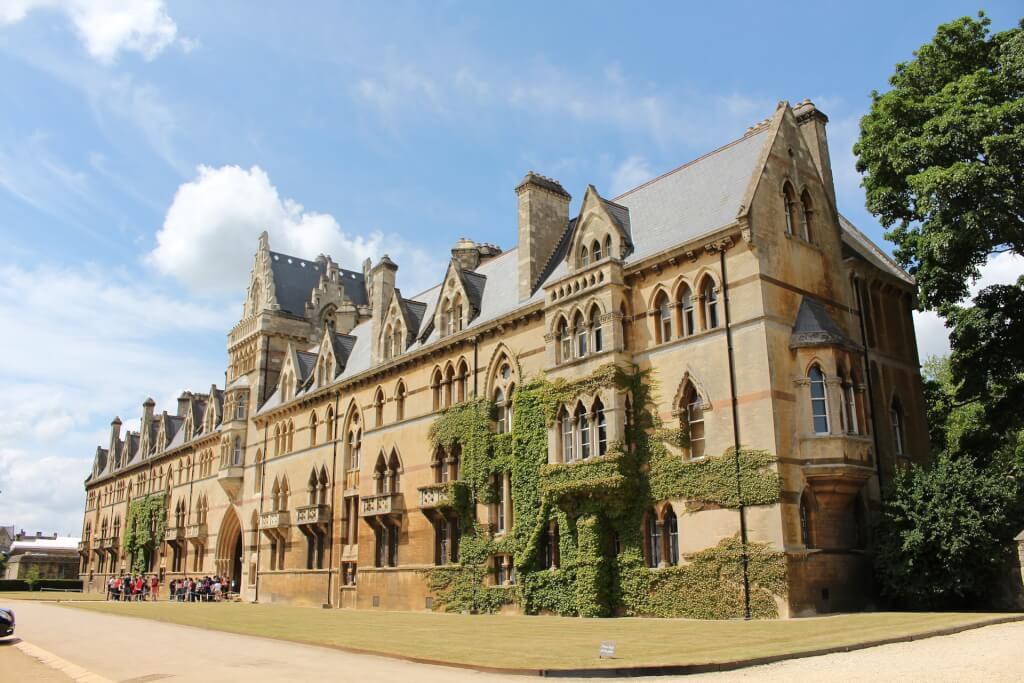
Great Universities: A Brief History of Oxford and Harvard

Schools and Universities have been, and continue to be, influential in grooming individuals to become achievers and leaders. These skilled, focused, empathetic leaders define the vision of societies. Some great universities have produced scientists, authors, sportsmen and statesman who have changed the way we perceive the world. A brief history of Oxford and Harvard provides perspectives, which otherwise, may go unnoticed.
This leads to common observation. Top universities of the world transcend the mundane; they achieve greatness. More importantly, they are much more than fact-imparting gadgets. To this end, they defy academic definitions that hold back holistic education. And all this, with nuance and subtlety that seamlessly becomes part of the system. Creating a platform for healthy debate, such universities challenge the status quo and nurture a spirit of inquiry. This is integral to the making of a leader. Here’s a look at the Brief History of Oxford and Harvard. Known not just for education; but for the alumni, revered across the world.
University of Oxford: Centuries of greatness

The University of Oxford, located in the town of Oxford, England is synonymous with prestigious institutions and is considered by many to be the greatest ever. Though evidence suggests that teaching began in 1096, the university has no known foundation date. Second longest in continuous operation, 38 colleges and other academic departments constitute the Oxford University.
Oxford University: Notable Alumni
Oxford’s crowning glory is its contribution of 27 Prime Ministers to the United Kingdom (U.K). This includes the only P.M. with a science degree, Margaret Thatcher. Not just that, the legacy only gets greater with 69 Nobel Laureates, 3 Fields Medalists and scholars among the alumni. The great Stephen Hawking, Oscar Wilde, Bill Clinton, Indira Gandhi, Imran Khan have one thing in common: they were all involved with Oxford.
Libraries and Museums in the university reflect Oxford’s perceptions of education and underline their vision. Home to 11 million volumes, the Bodleian library is the second largest in the U.K., and its volumes are growing at over five kilometres of shelving every year. The second oldest museum in the U.K.-The Ashmolean Museum-houses works of Michelangelo, Picasso, Leonardo Da Vinci and many archaeological collections.
The University Museum of Natural History, The Museum of History of Science and The Pitt Rivers Museum, which houses anthropological collections of over 500,000 items stand testimony to the history and grandeur of Oxford. The Oxford University Press is the largest university press in the world and publishes more than 6,000 books annually.
Harvard University: Driving America’s Dreams

Harvard University, which is among the most celebrated universities in the world, is located in Cambridge, Massachusetts. This oldest institute of higher learning in America, established in 1636, Harvard is home to 22, 000 students and more than 4,600 academic staff. Situated on a vast campus of 210 acres, this university is organized into 11 separate academic units. The main campus is centred in Harvard Yard.
The university, while not having a formal mission statement, works towards developing citizen-leaders through transformative abilities of liberal arts and sciences education. A consequence of this is reflected in the motto-Veritas- which translated into truth. Harvard boasts of stalwarts among its alumni, which includes eight Presidents of the United States of America (U.S.A) and 148 Nobel laureates. They have been associated with the university as either students, professors or researchers.
Harvard University: Notable Alumni
Adding to the laurels, those associated includes 359 Rhodes Scholars, 18 Fields Medalists and 48 Pulitzer Prize winners. 108 Olympic medals, 10 Academy Awards, 259 Marshall scholars and 14 Turing award winners only emphasize the nature and standards of education at Harvard. Notable alumni include the names of stalwarts like John Adams, John. F. Kennedy, Barack Obama, Benazir Bhutto, Helen Keller, Mark Zuckerberg, Bill Gates among others.
Surely, the vast library explains why the list of achievers from Harvard is never-ending. Housing more than 20 million volumes, the university has the largest academic library in the world. And, not just that! 180, 000 serial titles, 400 million manuscript items, 10 million photographs, 124 million archived web pages, and 5.4 terabytes of digital archives and manuscripts make up this wealth of knowledge in 70 separate library units. Three museums, part of the Harvard Art Museums, offer an opportunity to delve into the history and nuances of art.
What do these universities teach us? Here’s what we think: When knowledge leads to introspection, lends perspectives and fuels change, the society will be a better place. Above all, these top universities, undoubtedly, have had a great impact in making the world what it is today. We hope a brief history of Oxford and Harvard helps you take that leap of not putting an end to your dreams.
Also, Read Vedic Scriptures And Its Importance In Education System.
Recomended Blogs

In recent times, there has been a noticeable surge in cases of viral fever, causing concern among both

Zedua
1 year ago

It indeed is not easy to learn something new! Getting out of your comfort zone and learning something

Zedua
2 years ago

Is your child a team player? In today’s episode, we talk about the Importance of interpersonal relat

Zedua
3 years ago
